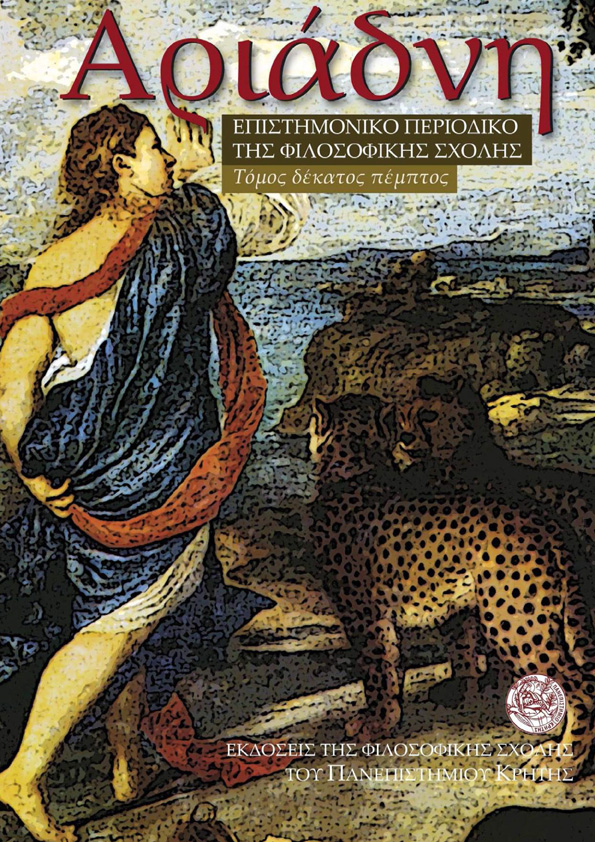Characteristics of public buildings οn Crete during the Orientalizing and Archaic period (700-480 BC)
DOI:
https://doi.org/10.26248/ariadne.v15i0.915Abstract
DEFINING the characteristics of the architecture in the public buildings of Crete during 700-480 BC could seem unattainable, since the line between Cretan religious and secular buildings is fine and much disputed due to the interpretation put οn the finds as well as οn the presence of hearths or bothroi in their interior. Nevertheless, there are some basic features, such as the prevailing type of the square or oblong oikos, the low platform, and the emphasis given to the exterior faςade by means of strong foundations, moulded corner orthostates, inscribed walls, and wide entrances framed all round with two or three scales, or with doorjambs decorated with reliefs. Column shafts were either wooden standing οη stone bases or monolithic inserted in sockets. Some tiled roofs were decorated with clay simas depicting horsemen in relief. Antefixes of terracotta occasionally took the form of female heads, gorgoneia, floral patterns, palmettes. Voluted antae capitals, friezes, sophisticated capitals, flowers and spirals, blocks with mouldings -all in local stone- indicate incorporated Ionic features in the public buildings of Crete.
Downloads
Published
How to Cite
Issue
Section
License
Authors retain copyright and grant the journal right of first publication with the work simultaneously licensed under a Creative Commons Attribution-NonCommercial-ShareAlike 4.0 International License that allows others free use of the work for non-commercial purposes as long as the author/s and the journal are attributed properly and the new creations are licensed under identical terms (Creative Commons Attribution-NonCommercial-ShareAlike 4.0 International License).


